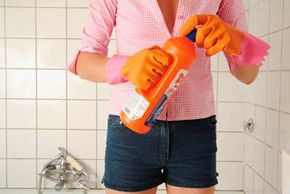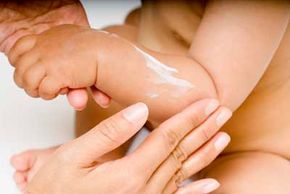Key Takeaways
- Many common household products such as mothballs, pesticides and pressed wood products contain harmful chemicals that can pose serious health risks.
- The U.S. EPA has identified indoor air as being potentially more polluted than outdoor air due to emissions from these products. The health implications are significant, given that most people spend about 90 percent of their time indoors.
- Safer alternatives and proper ventilation are recommended to mitigate risks, alongside keeping up to date on regulations and safety data regarding household products to ensure a healthier living environment.
Either by accident or faulty manufacturing, household consumer products injure an estimated 33.1 million people in the United States every year [source: Consumer Product Safety Commission]. These incidents rack up an astonishing $800 billion in related expenses from death, injury or property damages [source: Consumer Product Safety Commission]. The Consumer Product Safety Commission that regulates and recalls products on the market emphasizes potential dangers to children in particular for hurting themselves with toys, furniture or other common items in the home.
However, we can also pinpoint a number of invisible hazards from products we buy that aren't as immediately apparent as a broken leg on a coffee table or a tear in a shirt. Scientists have realized that chemicals found in a wide variety of the goods we use every day may be more toxic than previously thought. In part because of the array of chemicals used to manufacture things we use in our daily lives, the National Poison Data System estimates 4 million cases of poisoning in the United States each year [source: American Association of Poison Control Centers].
Advertisement
We cannot discount that chemicals have made our lives easier. Thanks to them, we easily keep mosquitoes at bay, stop moths from eating our clothing and make our houses instantly smell like a dewy spring morning. But the U.S. Environmental Protection Agency recently concluded that indoor air may be more polluted than outdoor air [source: EPA]. And since we spend an average of 90 percent of our time inside, our home sweet home may not be so safe after all [source: EPA].
Where are these toxins coming from and what can we do about it? Read on to learn about 10 of the most common products that people are starting to think twice about bringing into their houses.










